As far as social media marketing goes, Twitter is one of the major players.
With over 321 million monthly active users on the site, it’s easy to see why Twitter is one of the platforms most businesses and marketers could benefit from joining.
But here’s the big question: How do you get some of those 321 million monthly active users to engage with your posts and click on your content?
In this post, we’re going to take a look at what Twitter engagement is, why it matters for your business, how to measure your Twitter engagement results, and more.
We will also suggest you 23 easy to implement strategies to increase both your engagement and your CTRs on Twitter.
Almost every brand has been in the position where they’re churning out a boatload of content and no one ever seems to interact with it.
And it’s easy to get frustrated when the last three brilliantly-crafted Tweets you wrote didn’t even get a single link. (We feel you, Klondike.)
While building followers and social media presence take time, there are strategies and techniques you can use to increase your Twitter engagement quickly, which in turn can lead to more clicks, increased brand awareness, and more conversions.
Keep on reading to discover how to make your next business Tweets sound sweeter than the nightingale’s song!
What Is Twitter Engagement?
Twitter engagement is when someone engages with the content that you post. There are multiple different ways customers can interact with your content, including:
- Favoriting your tweet
- Retweeting your tweet
- Responding to your tweet
- Mentioning you in a separate tweet
- Clicking your link (though some marketers categorize this purely under CTR and not engagement)
This engagement, therefore, is one of the main purposes for posting on Twitter at all —to send interested, engaged traffic to your site.
What Do We Know about Twitter Engagement?
Before we get into how to boost engagement and CTRs on Twitter, it’s good to know what we’re all working with, on average. When it comes to important information on Twitter usage and engagement, here are some of the general statistics you should know:
- The average “high” engagement on Twitter may range from .09% to .33%, which is lower than other platforms, including those that are struggling with issues regarding organic reach.
- 15% of Twitter users will unfollow a brand within 3 weeks if a brand hasn’t made a strong enough effort to keep them engaged early, such as by posting content relevant to them or engaging with them.
- The half-life of a tweet is only 24 minutes, meaning that half the engagement that you get will be received in a little under half an hour.
- Tweets with GIFs receive 55% more engagement than those without.
- Tweets with video attract 10x more engagement than posts without visual components.
- 27% of all Twitter users follow at least one brand on the platform, as of 2018.
Why Twitter Engagement Matters
When most people jump into social media marketing and Twitter marketing, the first thing that many are focused on is their follower count. They want to look popular, important, established, and respected, and how can you possibly do that if you don’t have a mega-impressive Twitter follower count, right?
In a lot of ways, of course, your follower count matters. The number of followers that you have tells you how many people you can hope to reach semi-regularly with your content, so the more followers you have, the more people who are hopefully being exposed to your messaging on a regular basis.
Twitter engagement, however, in many cases can matter even more.
Your engagement rate is going to tell how relevant your content is to your target audience, which is a wildly important metric that too many brands either overlook or (more likely) undervalue.
If you have 100 followers, for example, and 20 interact with the tweet in some way, that’s enormous; if you have 10,000 followers and only 20 interact, it’s much less impressive and indicating that the content may not be relevant enough, high quality enough, or otherwise adhering to some of the best practices we’re going to look at within this post.
Keep in mind, too, that engagement on Twitter is enormously valuable when it comes to building a relationship with individual members of your target audience. Retweets and replies in particular offer huge potential to start conversations with audience members and interact in meaningful ways.
It also doesn’t hurt that engagement on your tweets can act as powerful social proof. Other people take notice of tweets with high like, reply, or retweet counts, and that can sometimes even be enough to trust what you’re saying or capture their attention.
How to Measure Twitter Engagement & CTRs
When you want to measure Twitter engagement, Twitter Analytics can provide most of the reporting that you need. You can find your analytics by clicking on your profile picture in the right-hand corner and clicking “Analytics” in the dropdown menu.
Twitter’s analytics has gotten a big overhaul in the last few years, and it now makes it exceptionally easy to find your engagement rate.
When you look at your “Top Tweets,” you’ll be able to see the number of impressions each tweet received and the number of engagements it received.
Engagements divided by impressions will give you your engagement rate, which Twitter generously does for you here:
This can quickly help you assess the relevance of your content at a glance, and see how each tweet performs individually.
While Twitter Analytics is great, I still heavily recommend Google Analytics, too, when you want to understand the impact of Twitter in terms of driving quality traffic to your site.
Google Analytics has in-depth reporting that can tell you not only that users are coming from Twitter to your site, but also what they’re doing once they’re there.

Google Analytics can help you track what channels are sending traffic to your site, and what they’re doing once they get there.
This can help you not only monitor clicks, but see the ROI, value, and the off-site impact that the engagement is providing.
23 Tips to Increase Twitter Engagement & CTR
Now that we’ve completely covered what Twitter engagement is, why it matters, and how to measure it, we can focus on how to increase it.
Strategies to increase engagement and your CTRs on Twitter include strategies for how you engage with other content, the words you choose to create your post, and how and when you post your content.
Ultimately, you’ll want to test the strategies you choose for yourself and see what works best for you and your audience to increase both clicks and engagement.
1. Engage with Other Users Content
If you want other users to engage with your content, a good way to start is to always interact with their first. Like, respond to, and retweet your users content when you can, and following them can also help.

This can also help to build social proof over time, which is valuable across all social media marketing platforms.
Not only will this increase engagement, but it will also help you start to build a relationship between you or your brand and the users you’re interacting with, expanding the benefits more concretely—and off Twitter.
2. Retweet Other Users’ Tweets
You want to do this early and often. I’m singling out retweeting as engagement because this is what most users value the most; not only are you liking their content enough to validate it, but you value it enough to share it.
Reciprocity is an important part of why people choose to follow and engage with you, psychologically speaking.
Retweeting can be some of the most powerful engagement you get on a post since it will carry your content to that users’ audience. By retweeting your users’ content first, you could have much better luck when trying to get them retweet and share your own content.
3. Keep Your Tweets Brief
We are all forced to keep our tweets relatively brief automatically, with Twitter limiting our posts to 280 characters (which was a big expansion off of their original 140). This can be challenging enough as it is, but limiting our posts just a little more can actually increase engagement.
According to multiple different sites and data, the sweet spot for the number of characters for shareable tweets is between 80 and 110 characters, including hashtags and user tags, especially if you’re looking to increase retweets.
When your tweets are between 80-110 characters, they’re more likely to offer value in whatever form you’re aiming for (whether that’s to entertain, inform, or share an opinion), while still being brief enough that users can easily retweet them. When at this length, users will have enough room to briefly add in their own thoughts or hashtags, while still referring back to you. If you were to use all 280, on the other hand, users would have to edit your tweet and cut it down so they could add their text, and for many, this is just too much work.
You want users to share your content; make it easy for them to do so.
4. Share a Variety of Links
If you want to get clicks to your site, the best way to do so is to put links in your Tweets.
While you want to share links to your most valuable content, sending traffic to your site, you also want to share content from others, too. With social media, you never want to make it all about you and your brand; Twitter is no exception.
If you find great content off Twitter, share it there and tag the brand/user who created it if possible; they’ll appreciate it, and some of your users might, too.
Sharing links that you find valuable—and that aren’t your own—can encourage users to pay more attention to what you’re posting. Even better, it can build relationships between you and your users and other industry leaders whose content you’re sharing, and they might later share your content in return.
This can help increase engagement and send more traffic and new visitors to your site as an added bonus.
5. Respond When Someone Tweets to You
This can be particularly challenging for large brands or brands that have a large amount of engagement (even if it’s just when major content goes live), but doing your best to respond in some way when a user tweets to you can go a long way.
Sending an actual response Tweet can be the most powerful and effective, especially if they’ve tweeted you or tagged you in a post that could generate a conversation (such as thanking you, asking you a question, or sharing a thought they had about your product or post). When criticism or upset customers are involved, make sure to respond to them as soon as possible— this should always take priority.
Responding when someone tweets you not only increases the chance that they’ll respond in some way to your reply, but also that they’ll engage with your posts in the future.
6. Know Your Peak Hours
Just like with Facebook, there will be certain times of the day or days of the week when more of your users will be active on the site or more likely to engage with your content. By being able to find those peak hours and posting during them, you’ll get more views and you’ll be more likely to increase engagement and clicks on your post.
Some studies have shown that posting between 12:00-3:00 on Mondays through Fridays is among the best time, while others have found slightly different peak hours; Adweek found that 5 pm had the highest retweets while posting between 12 and 6 pm provided the highest CTR.
Most studies were consistent in the findings that posting during day hours yielded the most engagement and highest CTRs.
A lot of brands use scheduling tools like Hootsuite to distribute content to social media; using these tools makes it easier to schedule content to be posted during your peak hours, especially if your audience’s prime usage hours aren’t during your work hours.
Ultimately, your peak posting times may differ from the suggestions here; testing how your content performs at different times will be the best way to determine what times work best for you and your audience.
7. Use Twitter Ads
When you’re looking to best engagement quickly, Twitter Ads can be a good way to do so, especially if you don’t have a lot of followers or followers that frequently engage with your content. Twitter Ads do cost money (and can be more expensive than Facebook Ads), but they can still help increase engagement when you need it. Promoted tweets work best for this purpose.
Though Twitter Ads can be on the more expensive side, some users have found that Twitter’s click-through rates are actually superior. Particularly when you want to drive traffic offsite, this makes Twitter Ads a good, albeit not free, solution.
You can create Twitter Ads by locating the tab on the same dropdown menu where you can find Twitter Analytics, which offers reporting features for engagement and conversion tracking.
8. Use Twitter Conversational Ads
Conversational Ads are currently in beta so not everyone has them just yet, but some people do, and I think they’re going to be a powerful tool to drive engagement.
Conversational Ads are designed purely to increase engagement and brand influence. They follow the idea of promoted tweets but come with the addition of CTAs that encourage users to tweet with hashtags the brand can customize and choose.
When a user clicks on the CTA, the Tweet composer opens with a “pre-populated brand message” that users can then customize and share, after which they’ll automatically be thanked.
Part of the reason these can be so powerful is that you’re not just getting engagement on your post, but your paid post will ideally spawn and inspire multiple organic posts that are tied to your brand.
Though it’s still in beta testing, keep an eye out for these; when they roll out, they’re going to be a great tool to have.
9. Always Provide Value
Social media, for many, has become an environment where many users are inclined to share every thought that pops into their heads. While non-brand users can get away with letting the world know that they can’t decide if they want a coke or lemonade, brands definitely cannot.
Brands can offer value in different ways; posts can seek to provide value by entertaining, informing, inspiring, or persuading users.
Providing value, in whatever form you choose, is among the most important factors to success with content marketing. Value will keep users coming back and staying interested, and—best of all—engaging with and clicking on the tweets you’re posting.
10. Always Use Hashtags
Hashtags are an essential part of Twitter usage; just like with Instagram, you pretty much expect a Tweet to come with at least one hashtag attached to it. Not only do hashtags offer the benefit of helping a relevant audience find you when they search the hashtag you’re using, but they can also increase engagement.
Tweets that include hashtags can see as much as a 1,065% increase in engagement compared to a similar tweet without hashtags, and tweets with hashtags are 33% more likely to get retweeted than those without them. This makes sense, considering the additional eyes you may get, as well as hashtags, fit into the culture of Twitter usage.
However, less can also be more: tweets with only one hashtag are 69% more likely to get retweeted than those with two hashtags.
Whether you’re using a specific, branded hashtag or one that’s just relevant to your audience or industry, you should aim to always have one on each tweet. Tapping into trending topics via a popular hashtag is also a great way to increase both engagement and impressions.
11. Share Images
Images are an important part of social media; this is particularly true when we’re limited to only 280 characters, which go a lot faster than you’d think.
If you’re not posting images on at least some of your tweets, you should be; some case studies have shown that tweets with images get 313% more engagement.
Images are more dynamic, whether you’re sharing an infographic, a graph to display data or a photograph. You can share up to 4 images in a single tweet, but even using just 1 image is all it takes to drive extra engagement.
Plus, when in doubt, you can always add text to your images if you need to get a few extra characters in; no 20% rule applies here.
12. Post Videos
While images can get more attention than text, videos continue the trend and can outperform images. Twitter Video, released about a year ago, allows you to either record a new video from your smartphone or upload an existing video if you have an iPhone. The time limit is 30 seconds, but since you’ll lose most viewers after 30 seconds, that’s ok.
82% of Twitter users watch video content on the social media platform. It’s also good to note that studies have shown that native video on Twitter tends to drive significantly more engagement than those from third-party players (resulting in 2.5x more replies, 2.8x more retweets, and 1.9x more favorites).
Video can be a great way to break new stories, offer a behind-the-scenes look, evoke emotion, and give extra life to your posts on Twitter. Videos are dynamic, and it only makes sense they can drastically increase engagement and CTRs.
13. Ask for Retweets
If you want something, it never hurts to ask. Believe it or not, asking for a retweet directly within your post can increase engagement in the form of retweets. It sounds simple, but it works.
Some examples for how to ask for retweets include:
- Just asking for it. Some brands tack on a “please share” or “please retweet” (or simply “Please RT”) to the end of their posts. There’s a great list of the 7 best variations of wording here.
- Offering an incentive. Some brands will offer an incentive, like a prize, discount, or giveaway if users retweet a certain tweet. Depending on the incentive, this can be highly effective.
- Asking for help to spread the word. While this can definitely work if you’re looking to “spread the word” about your sale, new product, or exciting news, this particular approach can also work well if you’re helping a cause. Many brands and small businesses work with at least one nonprofit organization or cause, and asking users to spread the word about something involving it can get massive engagement and make you look really good in the process.
This is a great tactic, but only when used sparingly. If a rare CTA is proposed, people will be more likely to take action on it. If you post it all the time, it will feel like spam and users are much more likely to ignore it.
14. Don’t Tweet Too Much
Even though it can be difficult to get eyes on your content, you don’t want to send out too many tweets and drown in your own content. If you post too many, you’ll not only see your engagement not increase, you’ll likely see it drop pretty quickly.
Multiple case studies have shown that tweeting between 1 and 3 times a day was the ideal frequency for brands and offered the highest engagement levels. Once they posted 4 or more in a day, however, engagement actually decreases.
This is another great benefit of scheduling tools, many of which make it easy to see how many Tweets you’ll be posting that day.
15. Space Out Your Tweets
When you’re sending those 1-4 tweets a day, don’t send them all at once; space them out evenly, either through your peak hours or throughout the entire day. This will increase the number of audience members who might see your posts, helping to increase engagement because of it.
This is a simple and straightforward strategy, but it’s a good one, and when done deliberately it often has good results.
16. Use Clean, Straight Forward Language
When it comes to getting engagement, don’t be ambiguous or overly complicated; sometimes the best method is to say exactly what your link is if you’re sharing one; there’s no need to be coy or clever.
You only have 280 (or 80-110, if you’re following our earlier strategy) characters to get a click and engagement, so you want to be as to-the-point as you can be to get relevant clicks while still accurately describing your content in a way that’s alluring relevant readers.
It can be difficult with so few characters, but make sure that your thought makes sense on the page; add in punctuation where necessary, make sure there aren’t typos, and use language and terminology your audience will be likely to recognize.
17. Ask Questions
This is one of the most classic engagement-building tactics in the marketing book, but it’s still making this list because it still consistently works.
People love to give their opinions and share their experiences, especially if they think the brand who’s asking might listen.
You can ask everything from what they think about your new product to what they’re doing for St. Patrick’s Day.
The first offers the opportunity to learn what your customers think while simultaneously promoting your product, and the second is an easy way to build engagement with users and help promote a relationship with them.

This Tweet stands out, and is a great way to increase engagement and get clicks on their link.
As a freelance writer and social media marketer, I’ve asked users if they had to get rid of one social media platform as a user, which would it be? (For the record, my answer is Snapchat—love it for marketing, hate it as a user). I could also ask what their favorite blog is, or how they think a new Facebook change could impact businesses.
These questions aren’t all about me or my product, which can make it easier to generate conversation and start to build relationships with both customers and peers in my industry.
Not only can this increase engagement, asking questions about what your customers want can provide valuable insight into your audience that could cost a lot of money to get through market research.
18. Use Power Words
Using power words and superlatives in a blog headline can increase clicks on it; the same can be said for tweets.
Which sounds better: Increase Your Followers on Twitter, or The Best Ways to Increase Your Followers On Twitter Fast? Both titles are actionable, but power words and other adjectives like “best” and “fast” are likely to increase some clicks on your link.
In some ways, crafting your tweet is similar to creating a post or article headline; you don’t have a lot of space for either one, and you want to make it as appealing as possible while proving it offers value of some sort. Certain words work, and certain words do not.
Examples of good power words include:
- Improve
- Immediately
- Bonus
- Exclusive
- Protect
- How to
- Complete
Power words and superlatives can help draw users’ attention right to you, making it more tempting to click on the link you’ve shared or watch the video you’ve posted.
19. Talk About Big Names
When you interact with a major player in your industry, it can help get some eyes on you. On Twitter, even talking about or tagging an industry leader or peer can be enough to get extra eyes and engagement on your post.
Whether you start a conversation with them directly or just write a post and tag them in it (in a way that makes sense, like by sharing their content or saying you liked their product), they may notice and engage. Especially if they respond or retweet your content, you can continue to get higher levels of engagement if their audience is active.
Again, this can also help build relationships with big names in your industry, and they could be more inclined to share some of your content or posts later on, likely helping you to get more engagement when they do.
20. Use Twitter Cards
Typically when posting on Twitter, we’re limited to those 280 characters, and it can be tough to fit everything we want into it and to make it count. That’s where Twitter Cards come in.
Twitter Cards offer an opportunity to add in more content to your tweet, whether that’s a summary card, photo card, product card, or any of their other options. It will make your tweet larger, garnering more attention to it, and makes it more dynamic and rich.
Twitter Cards requires you to validate your website with Twitter and add Twitter Card metadata to your site, but it makes your posts more dynamic and can greatly increase CTRs. You can see a great guide on how to install them to your site here.
21. Use Shortened Links
Since Twitter only has so many characters, it only makes sense to use abbreviated, shortened links to the content you’re posting. You don’t need your whole website address to be listed as long as users are clicking.
Some services and software, like Buffer or different social sharing bars, will automatically shorten the link to your content when they post it. If you aren’t using any of these tools, however, Google’s URL shortener can help you do the trick manually in just a few seconds.
Using shortened links will give you more characters, your Tweets will look cleaner, and it can increase retweets.
22. Recycle Great Content
If you posted great content once and it did well, that doesn’t mean that the shelf life for that content is over; you can extend it by using it again.
A lot of big brands frequently recycle their best content, if not most of their content; this enables them to get more eyes on high-quality tweets, videos, and links that many users may have missed the first time. I can say from experience that content that performed well once is likely to perform well again.
The idea of recycling content and posts was something that I hated and thought would never work when I first heard about it upon entering the field, as I was sure people would notice and it would drive them crazy, and then I was proven wrong.
So much content is being pushed out on so many different platforms, people often miss it the first time, and even if they see it on multiple postings, few notice the replication.
Sometimes you can keep the entire tweet the same as it was before down to every last punctuation mark, though it doesn’t hurt to change things around a bit if you’re worried, like the description for a link you’re sharing.
When you’re recycling content, try to stagger it at a different part of the day or week, adding the space of a few weeks later if possible.
Note: While most great content is recyclable, there are some exceptions; content that relies on timeliness (breaking news, holiday/event-related, and some trending topics)
23. Incorporate More Live Video Into the Mix
As a platform, Twitter has always been focused on the right now part of the equation. It’s where people came to share fleeting thoughts alongside breaking news, so timely, relevant content was always what they’ve had in mind.
In the last year, Twitter has made plenty of changes to prioritize high-quality content (trying to get back on what I call the “shouting into the abyss” syndrome too many users have become plagued with). One of the things they’re doing in an effort to make these improvements is to prioritize more live video.
You can go Live with Twitter’s sister app, Periscope, and share the broadcast in real time on Twitter.
This will help you rank higher in the algorithm, gaining priority in users’ feeds, whether they’re looking at their Top Tweets or the latest tweets (which the algorithm currently lets them choose between). And of course the higher in the algorithm you are, the better chance you have at driving more significant engagement.
For best results in driving engagement with live video on Twitter, consider the following best practices:
- Try to engage audiences with the broadcast, addressing comments and answering questions.
- Let people know that you’ll go live before the fact. This can increase attendance and get people asking questions or leaving comments on the original announcement and the broadcast itself.
- Ask people in advance if there are any questions they’d like to have answered, or see if they can guess what news you’ll share in a life news broadcast.
Final Thoughts
Almost all of these strategies are free or close to it (with Twitter Ads being the exception), and only require a little extra time and an adjustment to the content you may already be creating for Twitter.
There are 321 million monthly active users, after all—you just have to find the right strategies to get them to interact with you and your content.
As you continue to drive engagement and increase your CTR on Twitter, you’ll almost certainly reap the benefits off-Twitter, too, by sending traffic to your site and helping you increase your leads, your rapport, trust and positive relationships with your customers, and your sales.
What do you think? How do you market and get engagement on Twitter? What type of content gets you the highest CTRs? Do you use any of the strategies discussed above? Leave us a comment and let us know what you think!


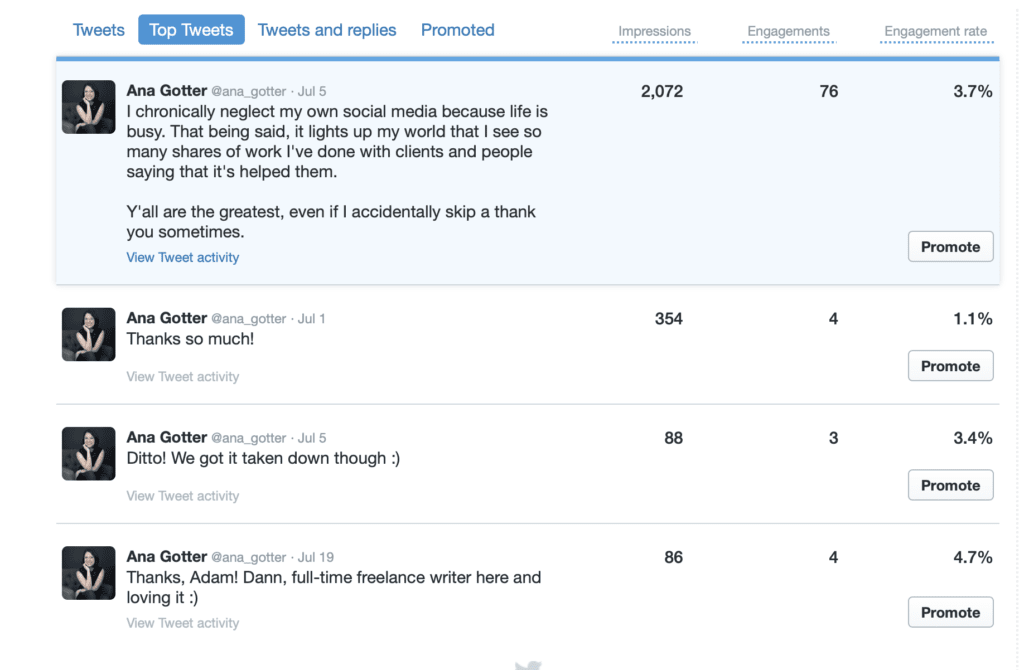


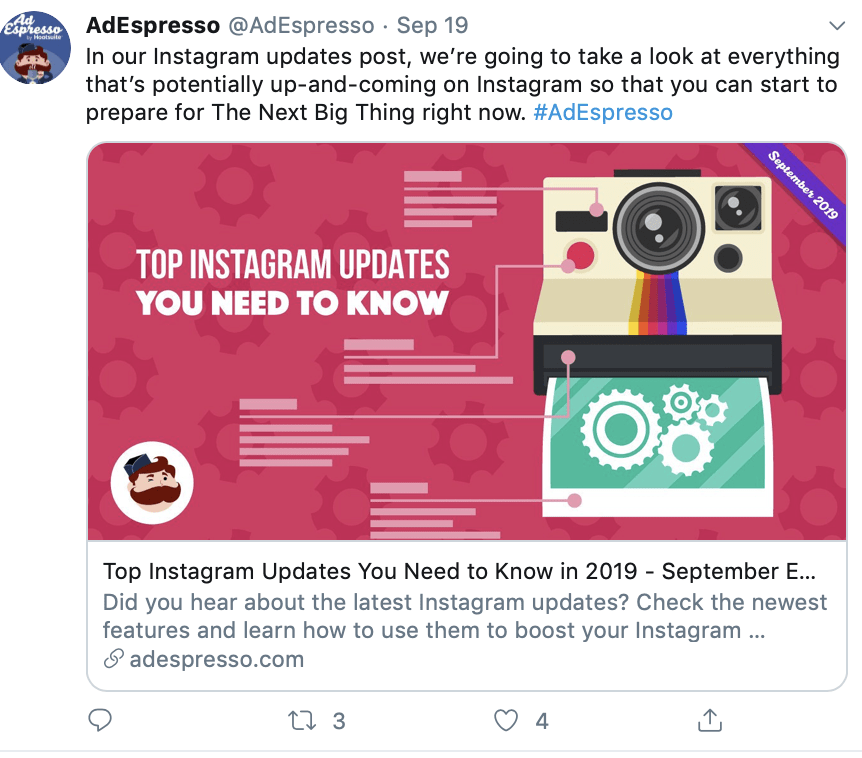
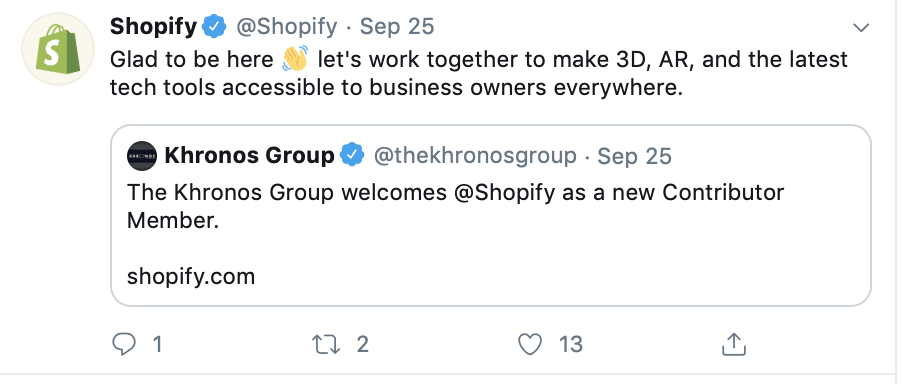
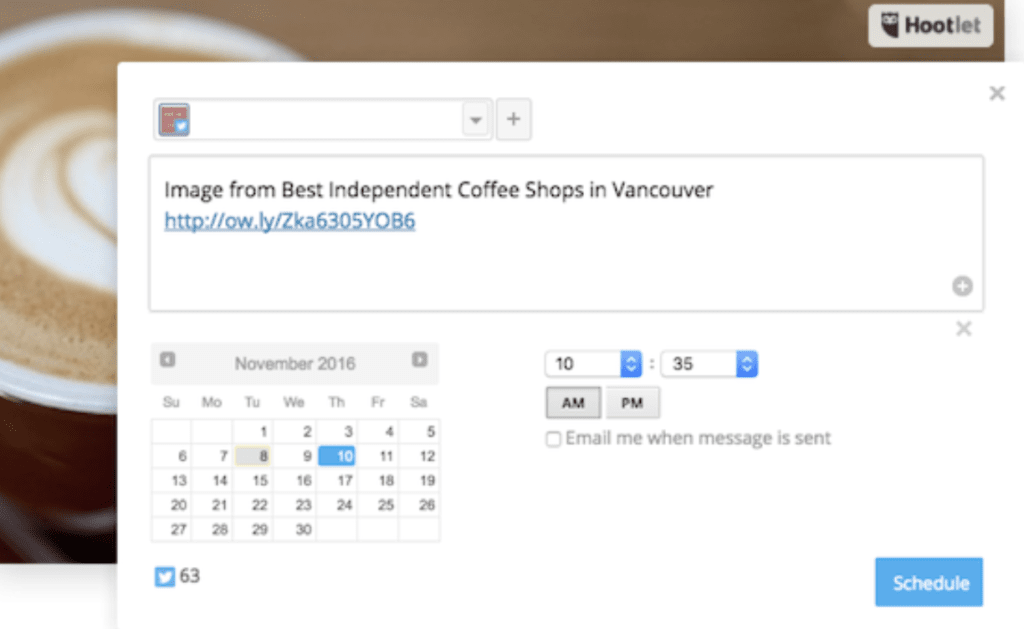

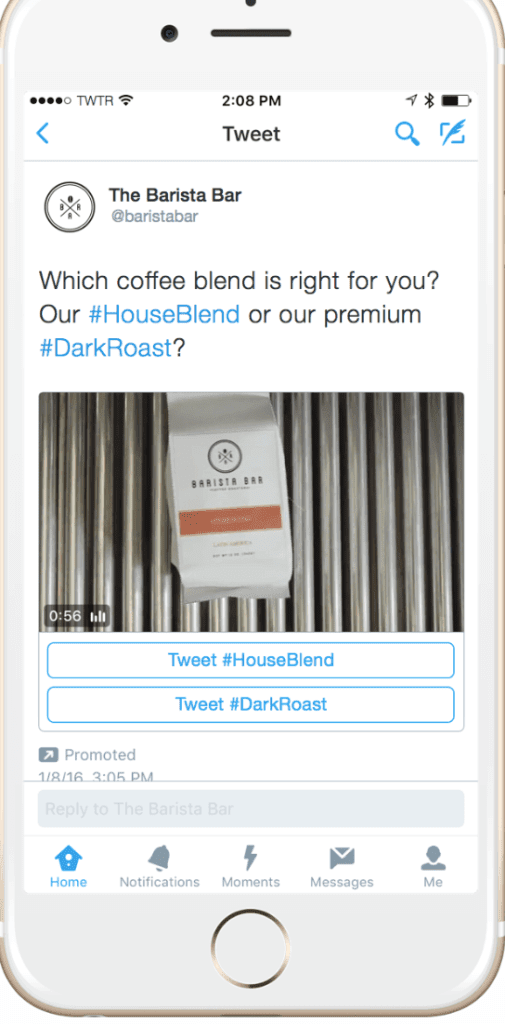

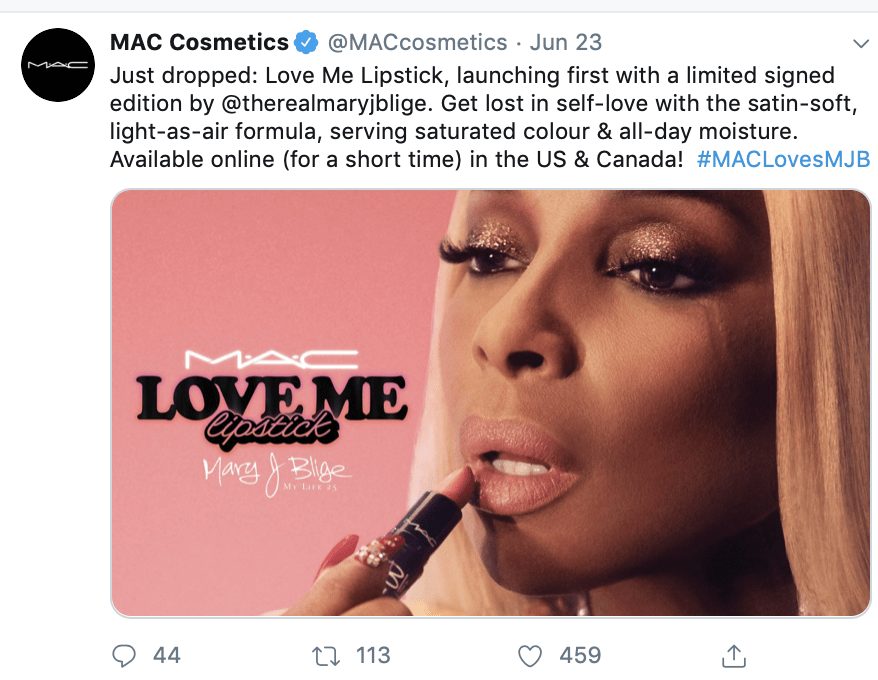
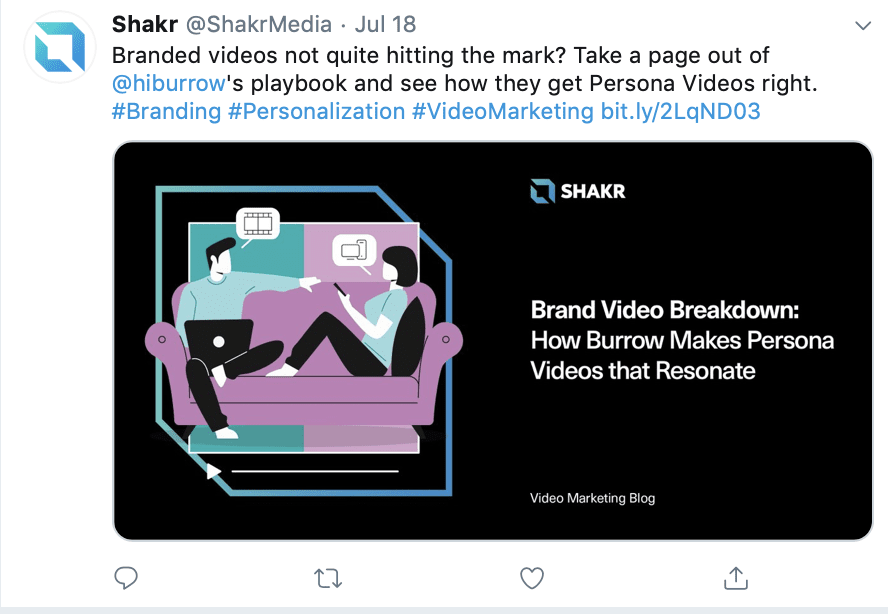
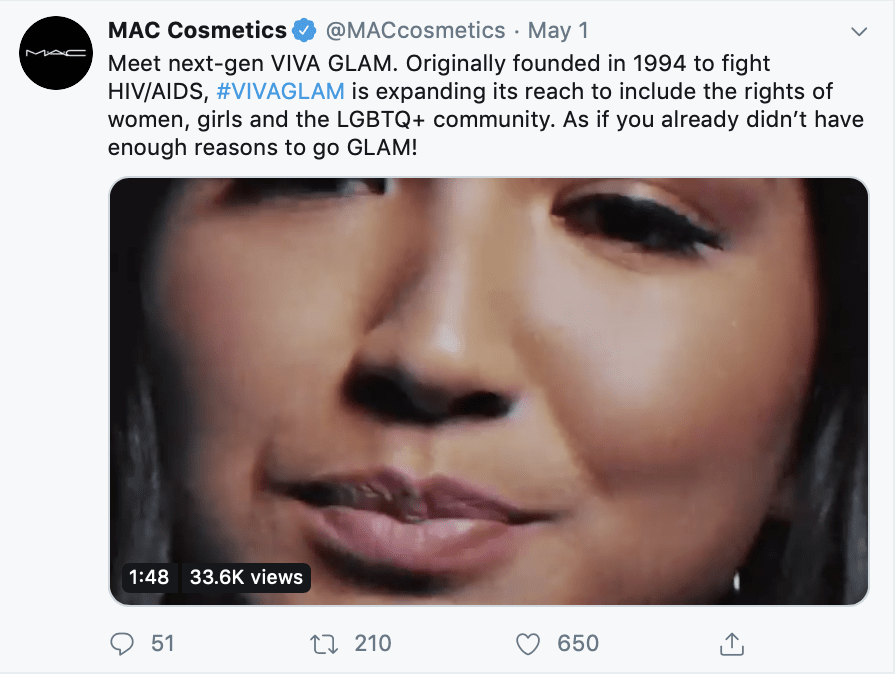


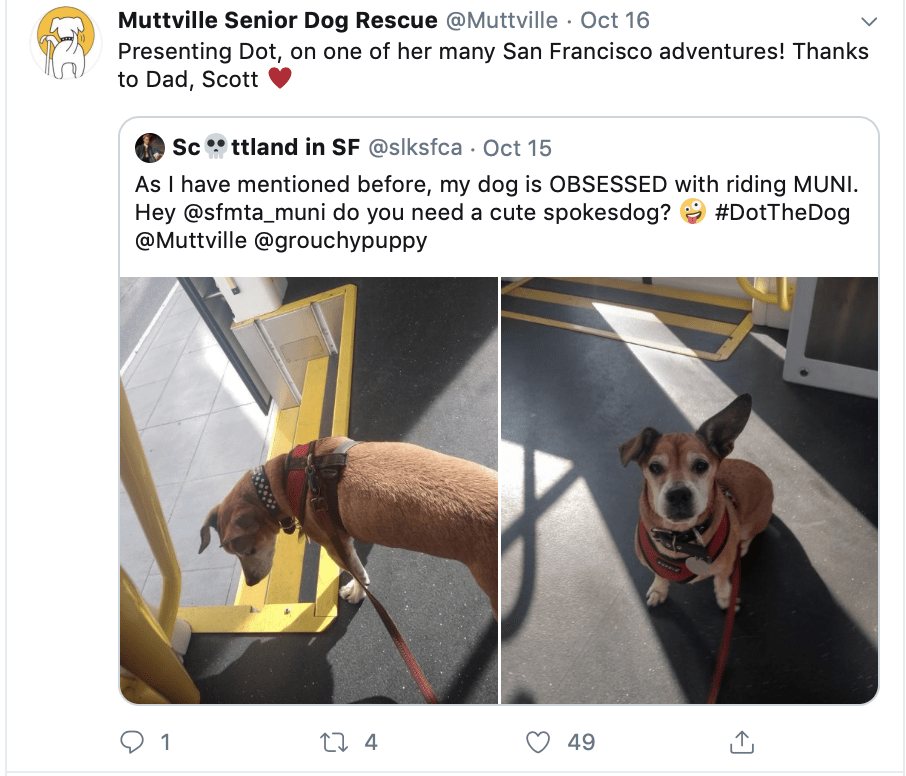
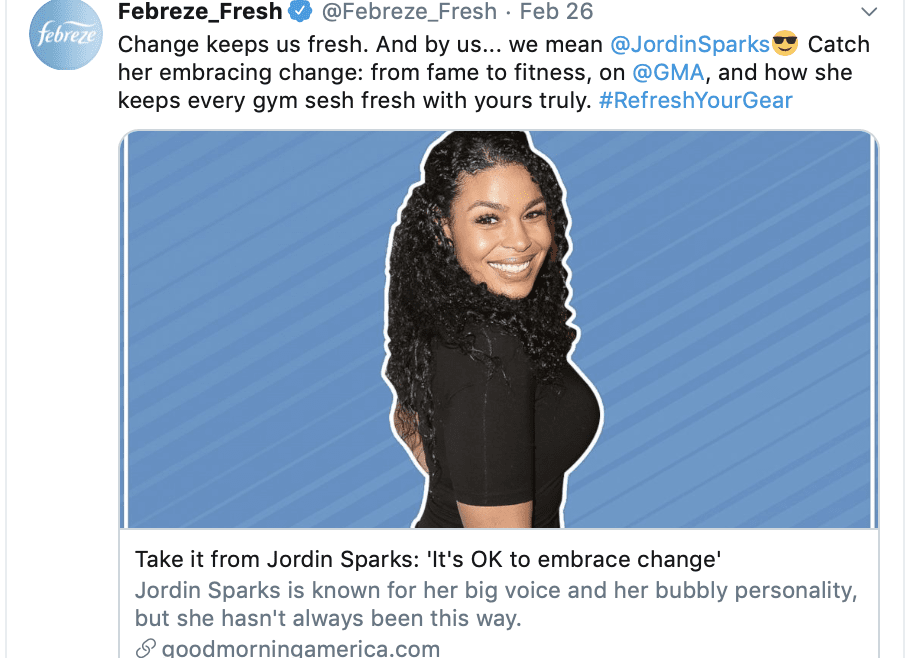


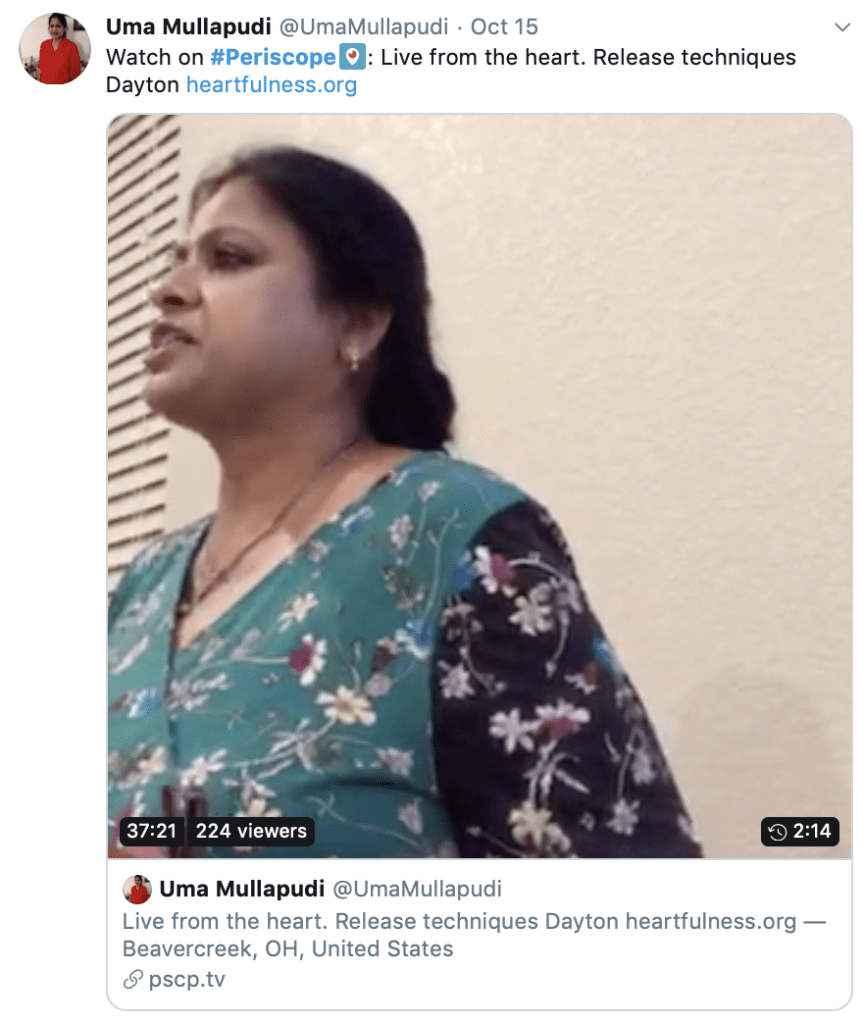
Hey guys – recycling content is so key. When you think about it, tweets are a gone in a fleeting second, and a small portion of your followers will see them. If you’re tweeting content that your followers are going to get value from, it makes sense to recycle the tweets so more of them see the content.
Very useful. Very effective too, considering that I’ve found this article on Twitter 🙂
Understanding how to best use twitter is the key to succeeding as a business in the future. It can be very challenging to reach out to such a global audience, but this article has provided some great ideas. Knowing the peak hours and using hashtags is a great strategy to increase engagement . Thanks for sharing !!
Awesome twitter strategies! Maximum points I will follow to manage my twitter A/C. Thanks for it dude.
Hey, I really love this post. I think you made some great points here. But as I observe and see on social media, there are some tend to buy Twitter followers for an easier increase of followers. What can you say about this?
Ravi,
Glad you liked the post! If you’re looking to increase engagement, purchasing followers is one of the worst things you can do. These followers are never actually “active,” so the engagement you have will seem even lower, it it doesn’t actually lower when your content is shown to the wrong people (read: the inactive accounts).
Great Insight, Problem is most companies don’t understand the difference between sharing a kitty video on facebook to creating content that educates clients.
These are all great strategies to Increase Your Twitter Engagement! I practice many of them on a weekly basis.
Fantastic! Which are most effective for you?
Very helpful your Thesis. please give me your twitter tutorial video. thank you sir.
Thanks for this helpful topics.
Hi Ana,
thank you for sharing such informative article. As you mention after building a site traffic engagement is most important. Now a days Social media is such a great platform for do so. Communication is also an essential part to engage the traffic. Twitter chat comes to rescue for that plus visualization is important to attract traffic. You made every point so descriptive now I am sure there would not be a problem of traffic engagement. Thanks once again.
Keep Sharing!!!!!
Great post and helpful! It’s very informative!
I wanna share my opinion about How Twitter Can Teach You About Increasing Sales Strategies
If you care you can read it at link:
https://www.simicart.com/blog/increasing-sales-strategieshow-twitter-can-teach-you-about-increasing-sales-strategies/
Hey, I went through your article and I must admit that I find your tricks really helpful, but going for bigger twitter reach on this way may be the harder way.
You should consider posting stuff that can boost your reach and double your followers, in order to keep in touch with even bigger audience. When I first started, I had no other option except going on this way, but after a while, I found many other ways to gain big feedback without putting a lot of effort in it. Maybe you should consider adding the focus toward engaging with other accounts more and replying on some content interesting for the general public.
Great Blog! It is very useful, Good examples and it is easy to understand. Thanks for the sharing.
Great post! I wrote a post on how to automate the recycling of your best tweets (point 22)! https://digitaldiscovery.sg/blog/how-to-automatically-retweet-your-own-tweets/
As you say, asking questions is a great tactic. It’s definitely worth answering them as well.
You can easily find heaps of questions just by typing in a relevant hashtag followed by a question mark. Answer them well and those asking them really appreciate it.
This can be a very effective method of building authority and gradually growing a following on the platform.
A year back I started using Twitter as I was following the trend and I wanted followers on my profile but I used to get one or two followers in a week and sometimes none at all. I started searching for best automation tool for Twitter and as a result I found WizUgo.Wizugo com is by far the best tool that someone can ever use for automating their likes, commenting and followers and it can even unfollow too. Thanks to WizUgo’s automated feature. I used to love twitter but now I love WizUgo more.
Amazing Articles! I tried Your tips and Let’s see if we can get interaction from users.
Choose your hashtags carefully and remember not to put too many into each tweet.
One or two hashtags are the optimum amount to make sure your tweet gets noticed, without overloading or diluting your content.
Exploring your competitors’ followers may introduce you to new people to follow and engage with. You may want to look at this yourself or use a tool who will analyze this for you. Tools can easily and quickly analyze the following of another Twitter user, then allow you to block follow the accounts you wish.
—
Regards,
Sourav Basak
Namaste UI
There is a time that you will feel frustrated especially to businessmen that seem their effort is being taken for granted coz nobody cares. With the help of your article, I also apply this to my content marketing.
Once when I shared something about a brand on twitter they replied to me by showing their gratitude and shared my tweet. It is very crucial to interact with users and post more content every hour frequently for users on this twitter platform.
Twitter is a very open and saturated platform. A tweet can get vanished of from the user’s newsfeed within 2-3 seconds unless the tweets go virtual. the life of a tweet is literally a few seconds or minutes. So, it is always interesting to learn these kinds of hacks to enhance the tweet engagements. It was very nice to know that 80-110 character tweets along with hashtags get higher engagements. and I also like the fact that sharing and retweeting, replying other users content will have a positive impact on our twitter marketing strategy.